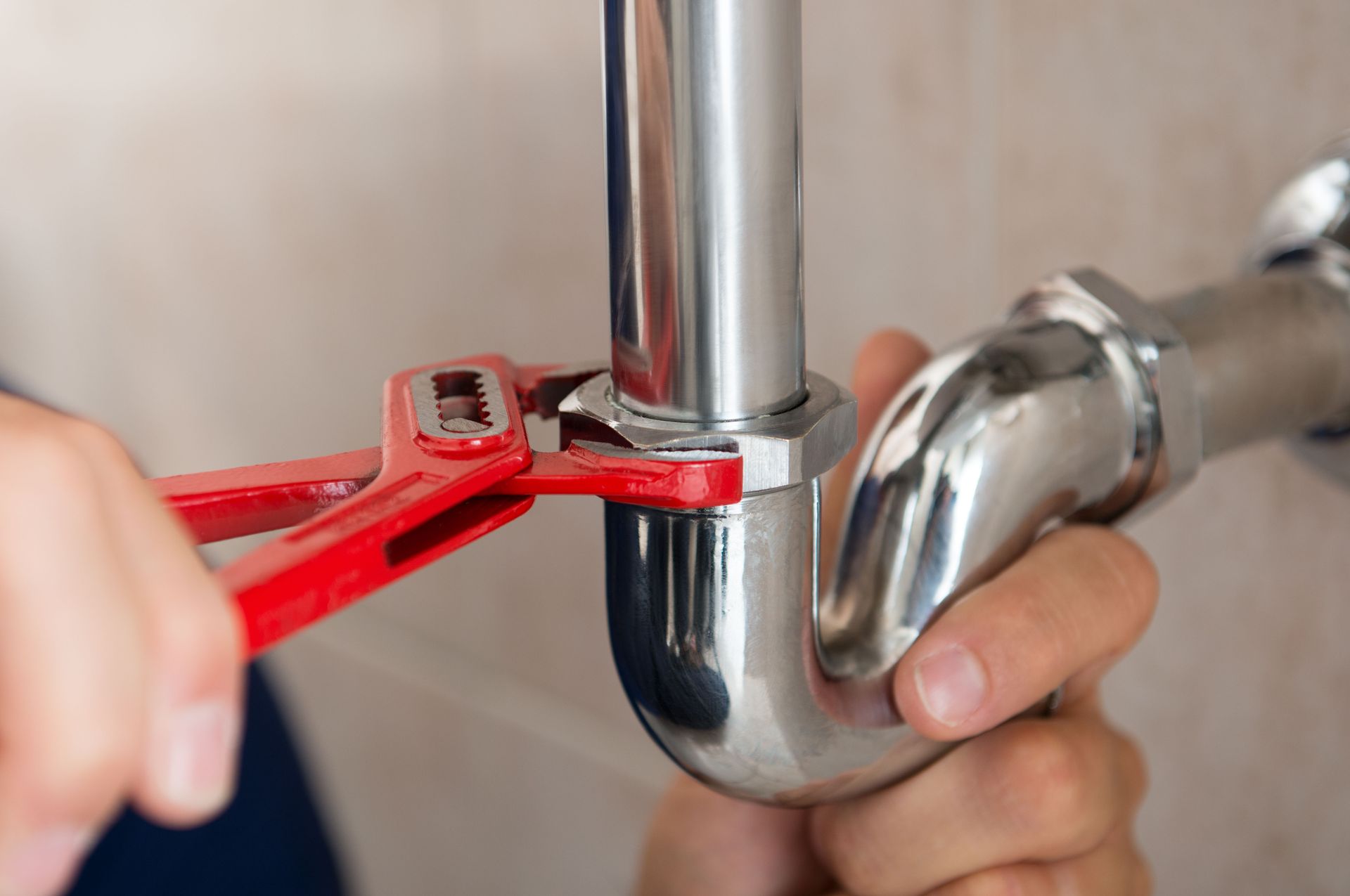How to Reduce You Toilet's Water Consumption
Water is one of the most essential resources in any home, yet it is often used inefficiently. Among household appliances, toilets are a major contributor to indoor water usage, making it crucial for homeowners to focus on reducing consumption. Lowering toilet water use benefits both the environment and your wallet. By implementing effective strategies, such as identifying leaks, adjusting settings, or upgrading fixtures, you can reduce unnecessary water waste, decrease utility bills, and protect the longevity of your plumbing system. For more complex issues or professional advice, consulting local plumbers can ensure that changes are both effective and safe, providing long-term efficiency and peace of mind.
Why Is My Toilet Using So Much Water?
High water consumption in toilets is more common than many homeowners realize. Older toilets, especially those installed before the 1990s, can use up to six gallons per flush, far more than modern toilets, which often use less than 1.6 gallons. Even relatively new toilets can consume excessive water if certain issues are present.
A frequent cause is a constantly running toilet. This often happens when the flapper, flush valve, or other internal components fail to seal properly. A running toilet can waste hundreds of gallons of water per month. Another factor is the water level in the tank. If it’s set too high, each flush consumes more water than necessary, increasing waste over time.
Partial clogs or slow drains may also cause repeated flushing, which further increases water usage. Sometimes, high water bills are the first indicator that a toilet is using more water than expected. Paying attention to signs like water constantly flowing into the bowl, strange noises, or unusual flush patterns can help homeowners identify the problem early. When in doubt, consulting local plumbers ensures that these issues are diagnosed correctly and resolved efficiently.
What Are the Benefits of Reducing Toilet Water Consumption?
Lowering water usage in toilets offers multiple advantages. One of the most immediate benefits is cost savings. According to UpKeep, toilets, showers, and faucets account for 62% of all indoor water use. Reducing toilet consumption can significantly decrease your water bill, particularly in households with multiple residents or frequent toilet use.
Beyond financial benefits, reducing water usage is environmentally responsible. Conserving water eases the demand on municipal treatment facilities, reduces energy consumption used in water heating and distribution, and helps protect natural water sources. This is especially important in areas prone to drought or water restrictions.
Lower water use also extends the lifespan of plumbing systems. High-flow toilets and excessive flushing put extra stress on pipes, fittings, and even septic systems. By optimizing water usage, homeowners can prevent wear and tear, reduce the likelihood of clogs, and avoid costly repairs. Overall, the benefits are long-term, affecting not just immediate costs but also environmental and infrastructure considerations.
How Can I Check If My Toilet Has a Leak?
Detecting leaks is a critical step in reducing water consumption. One simple method is the food coloring test. Start by removing the toilet tank lid and adding a few drops of food coloring to the tank water. Wait at least 10 to 15 minutes without flushing. If colored water appears in the bowl, a leak exists. This test is inexpensive, quick, and effective for detecting invisible leaks that might otherwise go unnoticed.
Another indicator is a toilet that runs constantly or intermittently. This could point to a worn flapper, a faulty fill valve, or misaligned tank components. Unusually high water bills can also signal hidden leaks. In some cases, cracks in the toilet bowl or tank may cause slow leaks that are less obvious but still contribute to water waste.
For homeowners who notice any of these signs, involving local plumbers is advisable. Professionals can perform detailed inspections, detect hidden leaks, and implement repairs that prevent water loss. Acting early can save water, prevent damage, and reduce unnecessary spending on utility bills.
What Upgrades or Retrofits Can Help Reduce Water Usage?
Modern toilet technology offers several options to reduce water consumption effectively. Low-flow toilets are designed to use significantly less water per flush while maintaining cleaning performance. These toilets typically consume 1.28 to 1.6 gallons per flush, compared to older models using up to six gallons.
Dual-flush toilets provide two flush options: a half flush for liquid waste and a full flush for solid waste. This system allows homeowners to use water more efficiently depending on need. For older toilets, retrofit kits can be installed. These include tank banks or displacement devices that reduce the volume of water used per flush and high-efficiency flappers that improve sealing to prevent leaks.
Even small adjustments can help. Modifying the float in the toilet tank to reduce water levels slightly or replacing worn parts like flappers and fill valves can make a measurable difference. Consulting local plumbers before making upgrades ensures that any new devices are compatible with existing plumbing, installed correctly, and meet local code requirements. Professional guidance also ensures long-term reliability and efficiency.
What Simple Habits Can Reduce Toilet Water Consumption?
In addition to installing upgrades, adopting practical daily habits can make a significant difference in conserving water. One of the simplest habits is to avoid using the toilet as a trash receptacle. Flushing items like tissues, paper towels, or small bits of waste unnecessarily can quickly increase water use without any real benefit. Encouraging all household members to be mindful of how much water is used per flush can lead to substantial savings over time.
For older toilets, simple adjustments can help reduce water use. Some households choose to add a water displacement device, such as a brick, a small filled bottle, or a weighted bag, in the toilet tank. These devices reduce the amount of water used with each flush by displacing some of the tank’s capacity. While this method can be effective for older models, modern low-flow toilets or dual-flush systems offer more reliable and consistent water savings without requiring manual modifications.
Routine maintenance is another key habit that supports water efficiency. Checking components such as the flapper, fill valve, flush handle, and tank seals for wear or misalignment can prevent small problems from escalating into major leaks or malfunctions. Even basic inspections performed monthly can help ensure that the toilet operates efficiently. For more complex issues or if problems persist, professional local plumbers can provide expert guidance and repairs to keep water use under control.
When Should I Call Local Plumbers for Help?
Certain situations clearly require professional intervention. If a toilet constantly runs, repeatedly clogs, or is associated with unusually high water bills, it’s time to call local plumbers. They have the expertise and tools to identify underlying problems that may not be apparent to homeowners.
Plumbers can repair leaks, replace outdated components, and recommend efficient upgrades. They also ensure that all installations comply with plumbing codes, avoiding potential fines or problems down the line. Even routine inspections can be beneficial. Professionals often uncover hidden issues, such as internal tank cracks, slow leaks in supply lines, or subtle misalignments, that could lead to major problems if left unaddressed.
By involving local plumbers, homeowners can reduce water consumption safely and effectively, extend the life of their plumbing system, and prevent future costly repairs.
Reducing toilet water consumption is a simple yet impactful way to conserve water, save money, and maintain the health of your home’s plumbing system. By understanding why toilets use excessive water, checking for leaks, adopting water-saving habits, and considering modern upgrades, homeowners can make meaningful improvements. Engaging
local plumbers for inspections, repairs, and upgrades ensures that changes are effective, safe, and long-lasting. Taking action today promotes a more sustainable lifestyle, lowers utility costs, and supports responsible water use for years to come. If you need a reliable plumber, contact the experienced pros at Cove Plumbing Inc today!







Share On: